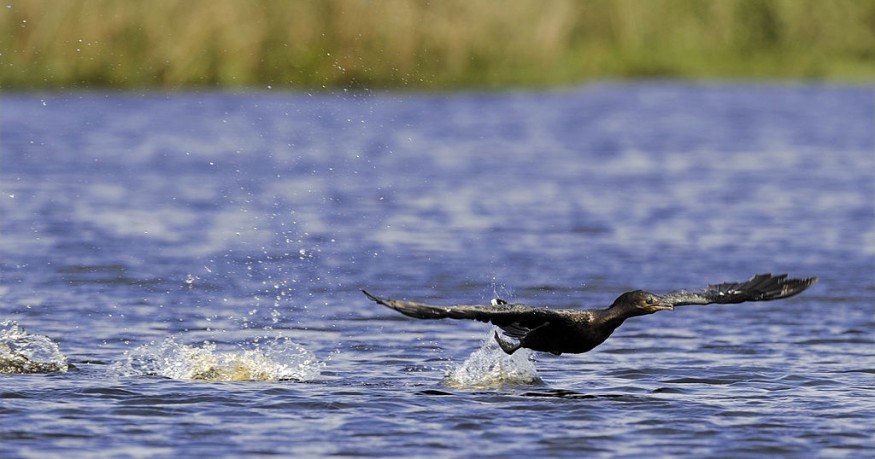The latest report raised concerns about the rapid conversion of estuary habitats to agricultural fields and urban land, which can have significant impacts on wildlife and communities. Researchers discovered that about 250,000 acres of estuary habitats were converted, which is likely 17 times the size of Manhattan.
The recent NOAA report explains that estuaries are important for the environment and animals, recognized as nurseries of the sea. The habitats provide breeding and nesting grounds for different animal species. Additionally, estuaries are important to filter pollutants and sediments.
While estuaries provide ecologically important habitat, they are also vulnerable to different threats:
- Overfishing
- Climate change
- Coastal development
- Arrival of invasive species
- Illegal fishing practices
Decline in Estuaries Due to Conversion to Agricultural and Urban Development

In a report, researchers highlight the importance of estuaries for wetland ecosystems, water quality, and freshwater rivers, including the sequestration of carbon. The findings were published in Earth's Future journal, emphasizing that land reclamation has significantly affected estuarine surface in the last 35 years.
Researchers conducted a Landsat remote sensing report, collecting data from 1984 to 2019. After identifying 2,396 estuaries, land conversion, and land-use changes were detected, including dam building.
When the researchers analyzed the data, they explained that 47% of said estuaries were found in Asia. To support the study of the impacts on estuaries, the report included historical maps to unearth potential estuary changes.
While commercial development is important to boost the tourism industry, the protection of estuaries is crucial to avoid alarming effects on wildlife. Minimizing environmental impacts should be considered to prevent any environmental damage.
"Estuary change is really interesting, especially in the 20th century, because estuaries have been altered by humans by the construction of estuarine dams and land reclamation. When humans modify estuaries, the consequences for land loss are surprisingly huge," geoscientist Guan-hong Lee, from Inha University in South Korea, said, as quoted in a report.
As a result, effective conservation laws and policies are helpful to address the increasing loss of estuarine habitats.
Sea Otters and California Estuaries
In a recent Nature World News (NWN) report, researchers discovered the degradation of coastal estuaries in California due to human-caused activities and climate change, raising concerns about the alarming impact of habitat loss, erosion, and pollution in the wetland ecosystems.
However, the role of sea otters has offered hope for the restoration of estuaries in California. As natural engineers, the otters can help improve the soil and the estuaries in the region.
Related Article : Crab-Eating Sea Otter Return Can Rescue California's Marshland from Decline Due to Erosion
For more similar stories, don't forget to follow Nature World News.
© 2025 NatureWorldNews.com All rights reserved. Do not reproduce without permission.





